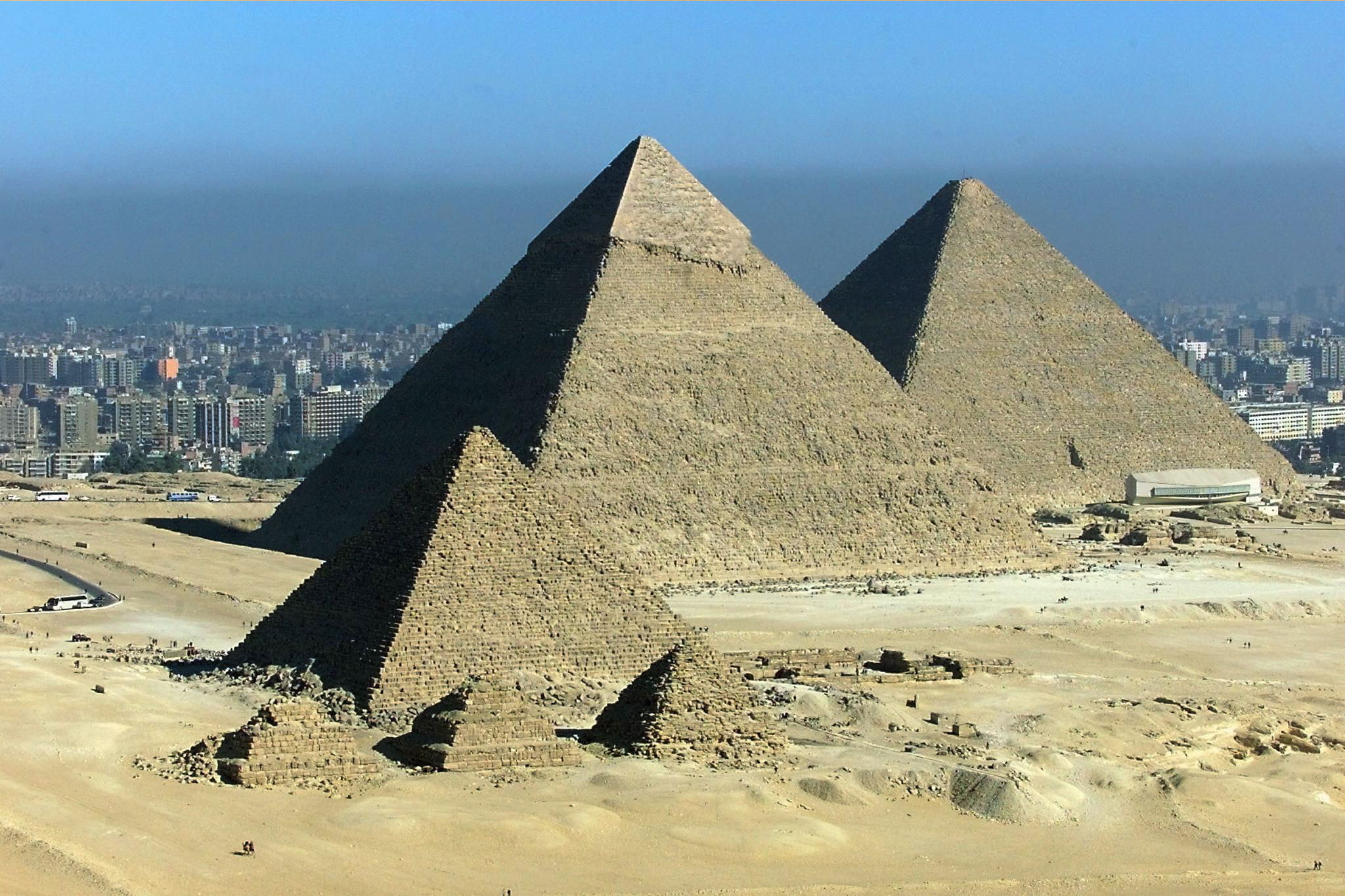Scientists discover 'one weird trick' used by ancient Egyptians to build the pyramids

Your support helps us to tell the story
From reproductive rights to climate change to Big Tech, The Independent is on the ground when the story is developing. Whether it's investigating the financials of Elon Musk's pro-Trump PAC or producing our latest documentary, 'The A Word', which shines a light on the American women fighting for reproductive rights, we know how important it is to parse out the facts from the messaging.
At such a critical moment in US history, we need reporters on the ground. Your donation allows us to keep sending journalists to speak to both sides of the story.
The Independent is trusted by Americans across the entire political spectrum. And unlike many other quality news outlets, we choose not to lock Americans out of our reporting and analysis with paywalls. We believe quality journalism should be available to everyone, paid for by those who can afford it.
Your support makes all the difference.There are many mind blowing things about the pyramids, from the fact that Cleopatra lived closer to the Moon Landings than the construction of the Great Pyramid to the idea that they remained the tallest man-made structures on Earth for more than 3,800 years.
However, one of the most basic and staggering facts about these colossal constructions is that they were even built in the first place. Just how did the ancient Egyptians shift stones weighing as much as 2.5-tonnes with technology no more complex than a sledge?
Now, a group of physicists say that they’ve uncovered that ‘one weird trick’ that helped ancient engineers drag the huge stones across the desert. The magic ingredient? A little water.
Researchers from the University of Amsterdam and the Foundation for Fundamental Research on Matter found that by wetting the ground in front of their sledges, ancient Egyptians would have been able to pull large blocks of stones and statues across the desert without the sand piling up in front of the vehicle.

"Everyone who has been to the beach will know that dry sand doesn’t make good sandcastles - the grains slump into a puddle when the bucket is lifted,” reads the report, published last week in the journal Physical Review Letters. "Adding water can solve this problem: the grains stick and the castle holds its shape. This is great for sandcastle building, and also, it turns out, for sand transportation.
“In the presence of the correct quantity of water, wet desert sand is about twice as stiff as dry sand. A sledge glides far more easily over firm desert sand simply because the sand does not pile up in front of the sledge as it does in the case of dry sand.”
The physicists tested their theories by creating miniature recreations of the sledges and stones, measuring the amount of force needed to pull a weight and the stiffness of the sand in relation to the quantity of water.
Interestingly, the evidence for this discovery has been staring scientists in the face for millennia. A wall painting from the tomb of the ancient nomarch Djehutihotep shows the transportation of a massive statue with an individual seen pouring water in the path of the sledge – a detail that had had previously been dismissed as part of a purification ritual.
Join our commenting forum
Join thought-provoking conversations, follow other Independent readers and see their replies
Comments